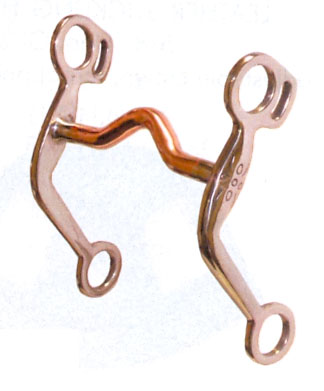[QUOTE=mvp;6297249]
Because shanked bits-- and the best are custom, built to work with the horse’s anatomy from lips to tongue to shoulder as well as his personality-- are signal bits.
In truth, all bits are “signal bits.” If you are riding a horse and expect to physically hurt him enough to make him stop or turn, you are doing something really, really wrong. We teach horses the “signals” given by even fattest, most stable snaffle, too. We also expect the horse to change the feel we get back on our hand, but we really want him to rearrange his whole body all the way back to the butt.
I really like the philosophy used by the old school vaquero or California types who make up a finished horse. I don’t need to ride my English horses in leverage bits to use their ideas. But, man, when you have ridden a nice reining horse controlled by your body and moving you hand within a 4" little box in front of the saddle horn… then you learn what “broke” is.
Please don’t let the hardware put you off. There is a reason for all of it. The best trainers can explain exactly what bit they chose and why. And you will be able to understand their explanation.[/QUOTE]
That is true, but with a direct hand to mouth bit like a snaffle is supposed to be, you can guide the horse without needingly causing pain.
Is called a “direct rein”.
That helps when first teaching a horse about what we are asking.
Curbs are not meant for that. The leverage a true curb brings to the picture can, if misused to guide, not just to signal, cause at least confusion by the conflicting signals trying to guide with it, to pain from the leverage if pulled or jerked with it.





